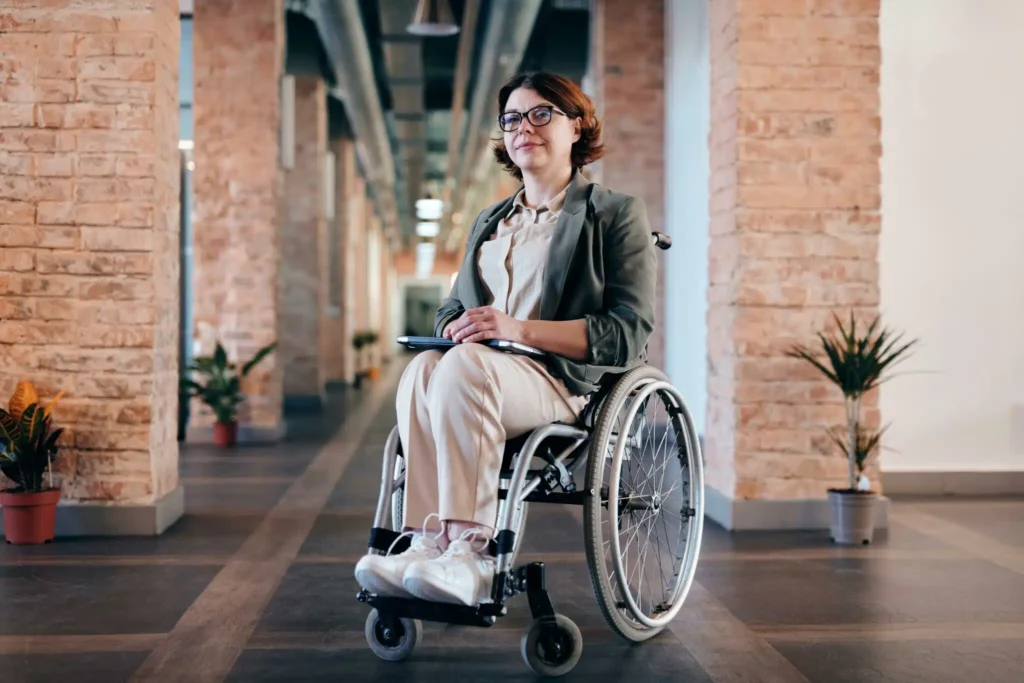Digital innovation is increasingly penetrating the healthcare industry and technological advances create a new avenue for the optimization of clinical trials. But while these advances create enthusiasm for clinical industry stakeholders, their adoption by patients and sites is not without significant challenges.
In this era of patient centricity, how can the digital shift translate into real innovation that serves all clinical trials stakeholders, including patients and sites?
#1 Digital innovation at the service of clinical trials
What the digital age brings to the healthcare industry no longer needs to be demonstrated. The last decade has seen a monumental rise in technology that supports the healthcare industry in many ways. Artificial Intelligence (AI) is being used in hospitals and surgical clinics, and digital technology continually provided new features that help diagnosis, enhance biological testing and analysis, and facilitate access to treatment across the world.
Digital evolutions have also significantly penetrated the field of clinical trials, through digitalization of patient access and recruitment tools, implementation of new monitoring processes including risk-based monitoring, and the electronic transformation of patient data capture (e.g EDC, eCOA, e-diaries). The value that these technologies bring to clinical trials stakeholders has continuously grown, and a key new opportunity for expanding the use of remote technologies arose as the pandemic hit the world suddenly. Growing use of these technologies allows building efficiencies and create a huge avenue for the optimization of time, resource and cost1 together with creating an innovative way of bringing clinical trials to patients. Some hidden advantages of electronic solutions have also been described, learn more about “7 lesser known advantages of eCOA over COA” here.
#2 Is digital innovation at the service of patients and sites too?
Regarding individual use, patients themselves are more and more technologically aware and see their access to disease and treatment options information growing significantly.
A survey conducted in 2016 showed that 72% of US internet users look online for health information and 85% of online Europeans use the internet for health and prescription drug information2.
Digital health technologies, including mobile health (mHealth) apps, wearable sensors & telemedicine bring important autonomy to patients in their day-to-day lives and are now finding novel uses in clinical development. However, several reports and testimonies describe the use of digital tools within the clinical trials environment as burdensome for patients as well as clinical site staff3. Implementation of new technologies whilst operating clinical trials adds further complexity to already complex processes. And whilst technology has become part of study sites’ everyday life it cannot be a solution if it is implemented incorrectly, despite numerous advantages that surfaced even more during the pandemic.
‘As an investigative site, we’ve encountered many new technologies being integrated into our clinical trials: electronic patient diaries, electronic data collection, and many more… The impact we are seeing is a major upsurge of information and communication needs from all directions, plus significantly more burdensome training requirements. If you’re a high-volume site like ours, managing over 50 different usernames or passwords at one time is not uncommon’ has been reported by Dr Nathan Morton, co-owner of the Carolina Research Center, USA.
It is common for sites and patients to talk about the burden of study training requirements, the lack of adaptation of the training to the specifics of the patients and/or the experience of the sites, and the lack of consideration of the patients’ conditions when implementing training. This inevitably leads to investigators’ frustration and difficulties in the management of time and resources by study sites.
Can these actions, which are supposed to be ‘patients’ and site centric’, really be considered to be directed to the patients and sites and designed for their well-being?
The clinical trials industry must move towards organizations that understand patients and sites rather than just ‘enrolling’, ‘counting’ or ‘selecting’ them.
#3 Tips to design patient- and site-centric clinical trials
It seems that a combined effort is required to improve digital innovation so that the supposedly patient- and site-centric technological advances serve not only the clinical trials industry but also the patients and sites themselves.
- Sponsors, CROs and digital solution providers should adapt their strategies and always approach protocol design as well as technology selection and provision through the lens of patients and sites. How will this help the patients joining the study? Can the sites easily use this new feature? should be the recurrent questions asked.
- Strategies should envision co-operation with sites and patients such as partnering with advocacy groups early in the process in order to identify with the patients what will be of help to the patients. Collaborating with sites to identify from their experience what the pain points are, reflecting with them to adapt the resource model and think through alternative options such as mobile nursing services and televisits are all good steps to go through. Strategies could now include patients’ home visits and telephone calls, which would inevitably facilitate participation in a trial. Indeed, technology advances that serve the cause of decentralized clinical trials and had to jump forward because of the pandemic are now drastically facilitating clinical trials procedures: patients information sharing, informed consent process, clinical outcome data capture, biological sampling are all processes that can happen from the comfort of the patient’s home or local laboratory, and have been well described as evolutions that do improve patients quality of life when well implemented4.
- Artificial Intelligence can also be used to help revisiting protocol design approaches and support more adaptive designs. Real World Evidence (RWE) could certainly help re-think the inclusion/exclusion criteria and relax them when appropriate.
- Help patients find trials: although it sounds hard for the clinical industry to find the right patients to recruit in their clinical trials, the question is seldom raised the other way around: how hard is it for patients to find trials? It is still very difficult for patients to find a clinical trial or to get information on which trials are right for them. When patients are trying to get clear information on a trial, which shouldn’t be a difficult task given how technology has facilitated access to information, patients get bogged down in language that is difficult to understand. This continues to happen even as 80% of studies are behind on their recruitment timelines!
“The situation is horrible, and I believe it happens on every website,” says Mary Elizabeth Williams, an American journalist and author, but also a patient who participated in a clinical trial. “You might get through the first gate where you specify your type of cancer. Then you are immediately dealing with jargon and gibberish that I don’t think most patients would understand. Patients will walk away from that not knowing if they qualify or what is available for them.”
- Adapt training tools and materials, test them with patients and sites before implementation. It is only through collaborative, creative and strategic patient-centric approaches that the industry, together with sites and patients, will improve the adoption of technology. Several global initiatives have been implemented to drive these changes in a collaborative manner and many guidance documents and best practices are publicly available5. Information on how to maximize eCOA training is also available here.
- Patients also have to be provided with flexibility and options. There is no way patients will adopt technologies in a one-size-fits-all approach. The last thing one wants is patients to decide not to participate or drop out from a trial because of problems with technology, so let’s help them!
We need to make things easier for patients through adapted and customized training and make it entertaining and easy to use. Digital vendors have made progress in this area by expanding their offers, and the further development of connected devices and wearables, web platforms and BYOD solutions for ePROs will certainly help further.
While clinical trial duration, cost, and complexity is growing, the burden for patients and sites should not be growing in parallel. Patient- and site-centricity have to become the gold standard for conducting clinical trials. The transformation that is required sits beyond technology innovation, it also includes bringing the studies to and conducting the studies with the sites and the patients who volunteer to dedicate time and share their clinical data to advance human science.
Estelle Haenel, Medical Director @ Kayentis
Learn more about the pros and cons of eCOA vs COA
References
[1] https://www.bcg.com/publications/2019/digital-redesign-clinical-trials.aspx
[2] Kadim et al, SCOPE Summit Feb 2016
[3] https://www.medicaldesignandoutsourcing.com/how-to-use-digital-health-in-clinical-trials-to-improve-patient-engagement
[4] Best Practices For Implementing Decentralized Clinical Trials (clinicalleader.com)
[5] https://www.eupati.eu, https://www.pcori.org & https://patientfocusedmedicine.org







